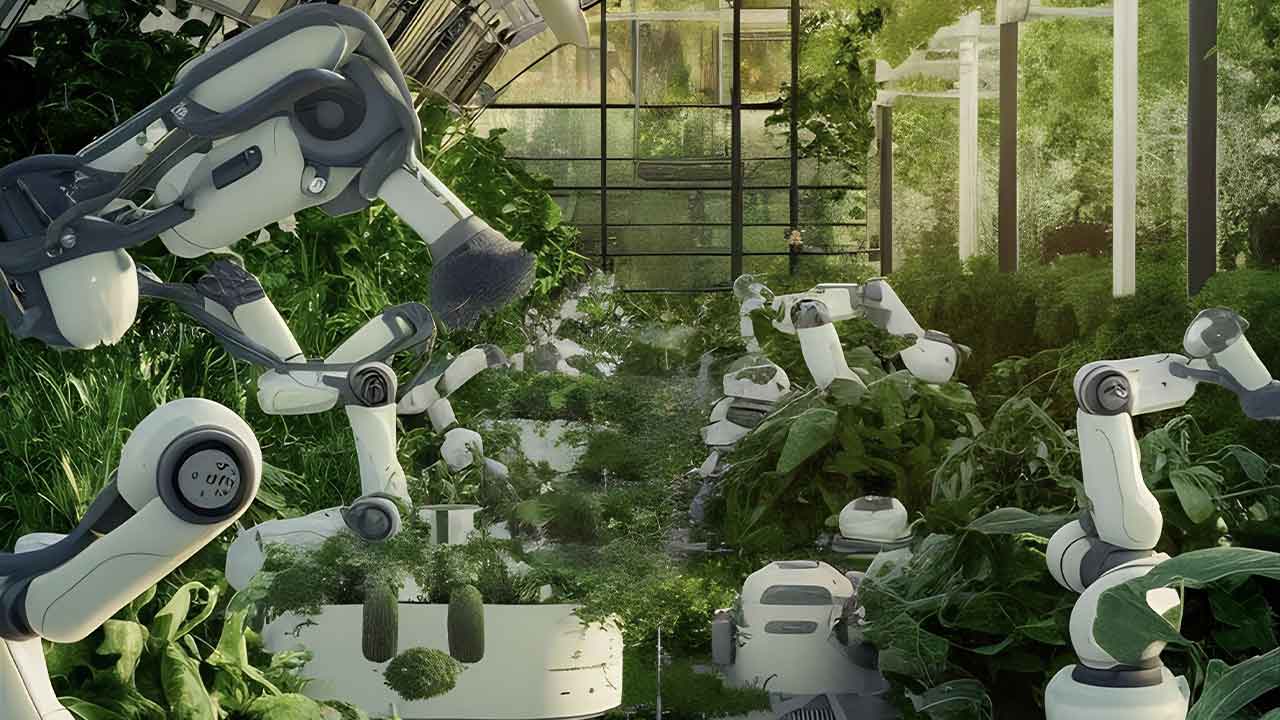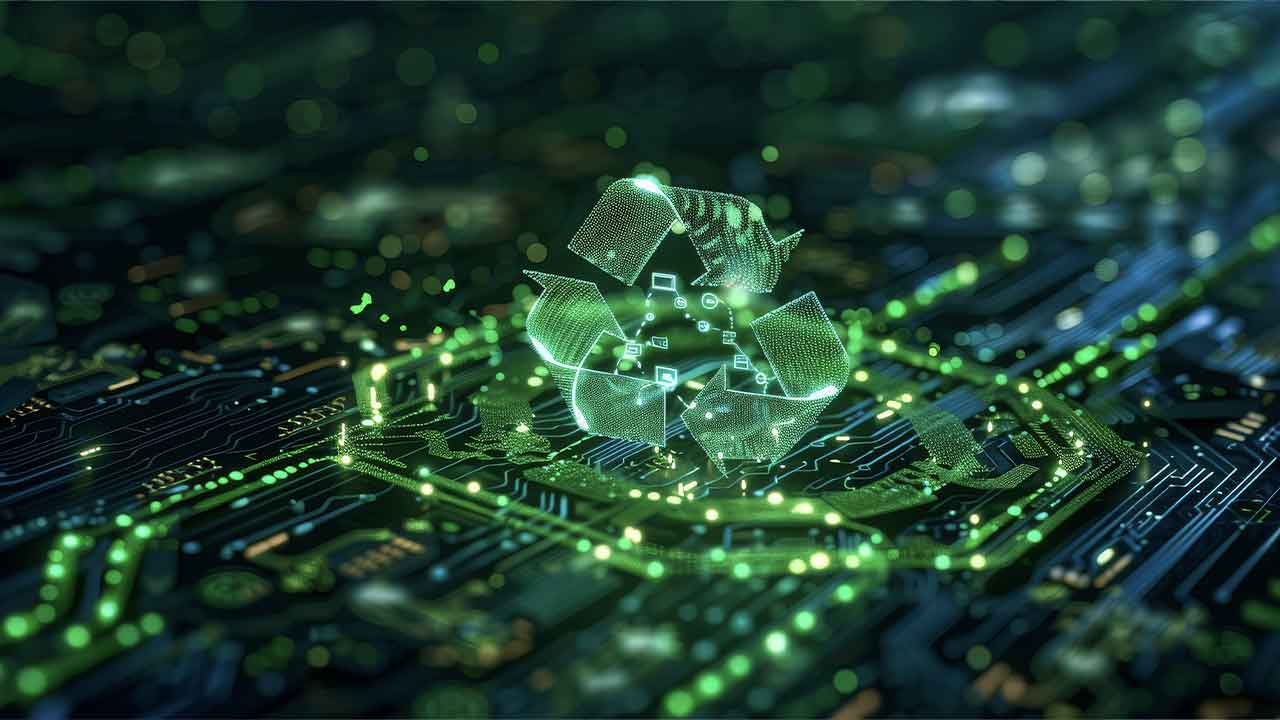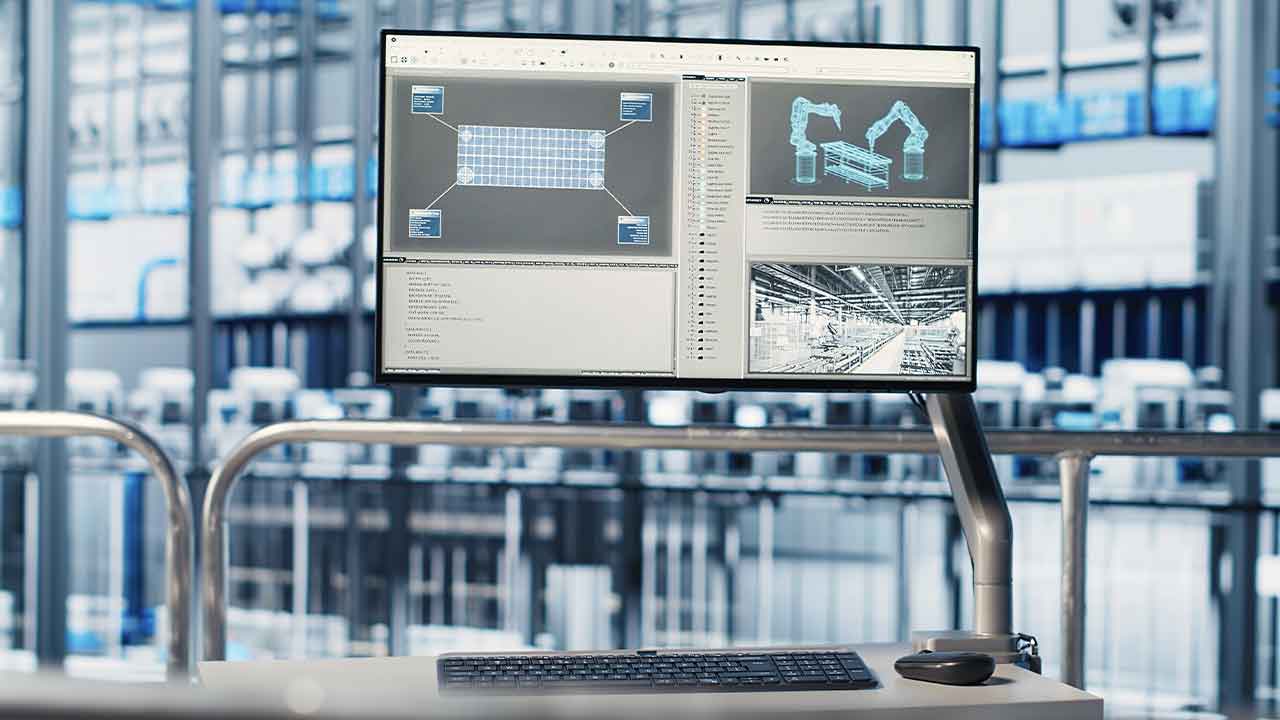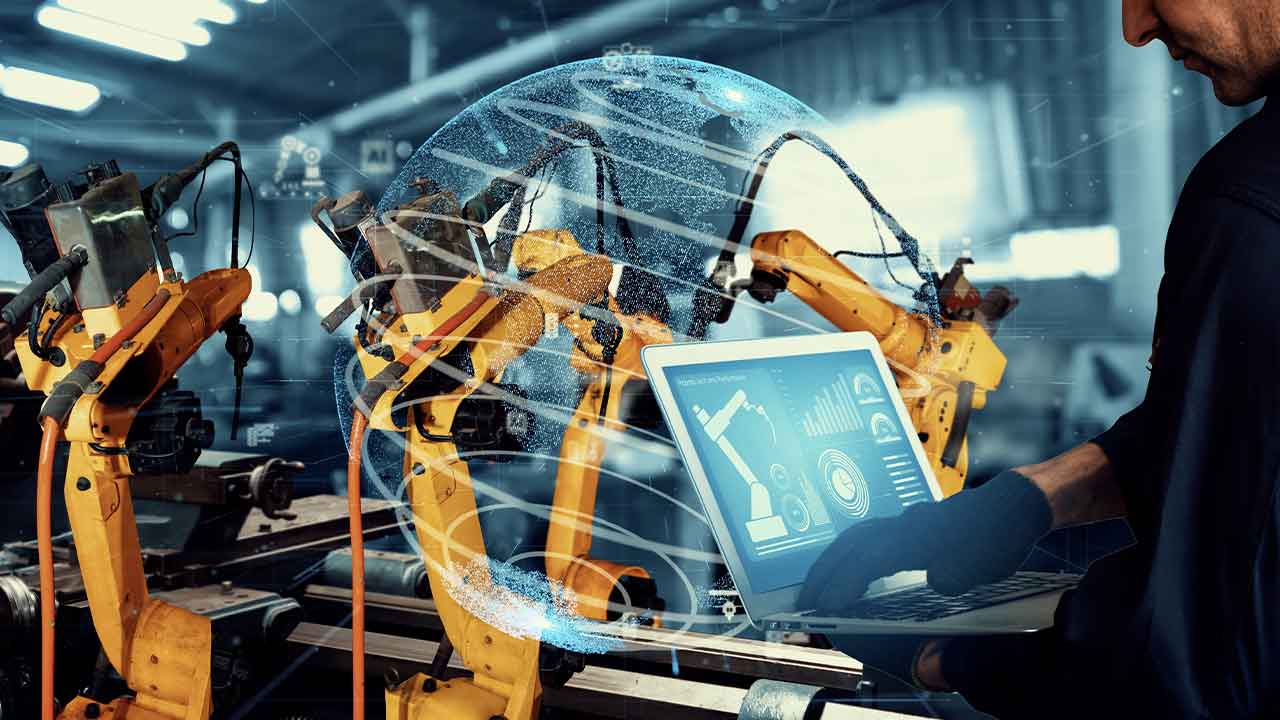Driving Sustainability Forward with IIoT: Smarter Processes for a Greener Future
We live in an era marked by climate urgency and resource scarcity, industries face the dual challenge of meeting growing energy demands while minimizing their environmental footprint. Outdated factories, inefficient processes, and power-hungry data centers exacerbate this dilemma.
Within this environment, the Industrial Internet of Things emerges as a transformative technology driving sustainability across sectors. By integrating IoT devices, intelligent systems, multiple communication networks, and AI-driven automation, companies can optimize resource usage, reduce waste, and significantly lower their environmental impact.
This article explores how IIoT is reshaping industrial practices to create a more sustainable, resilient, and resource-efficient future.
1. Harnessing Automation for Energy Efficiency
IIoT’s ability to optimize energy consumption is one of its most impactful benefits. Smart sensors embedded in industrial equipment continuously monitor energy usage, feeding data into AI-powered energy management systems. These systems dynamically adjust operations to eliminate waste. For example, during low production periods, predictive algorithms can identify the optimal time to scale back or shut down energy-intensive machinery like compressors or heaters, reducing both energy consumption and carbon emissions.
2. Optimizing Resource Management with AI
AI-driven IIoT systems are transforming how industries manage raw materials, inventory, and human resources. In smart factories, AI forecasts demand, streamlines production schedules, and optimizes supply chains to reduce waste and emissions. For instance, AI calculates the exact quantity of materials needed for production, preventing overstocking and minimizing excess. It also enhances SIOP and logistics by consolidating shipments and selecting eco-friendly transportation routes, reducing the carbon footprint of global supply chains.
Predictive maintenance, powered by AI, contributes by detecting equipment issues early, preventing breakdowns, extending lifespan and uptime while reducing defective outputs. By analyzing machine data, AI systems predict when maintenance is truly necessary, avoiding unnecessary shutdowns, labor, new parts, oil, and maintenance equipment. This approach conserves resources, cuts waste and lowers operational costs.
3. Advancing the Circular Economy Through Automation
IIoT is a key enabler of the circular economy, which focuses on recycling, reusing, and reducing waste. Automated systems allow manufacturers to recycle heat, water, and materials within their facilities, creating closed-loop processes. For example, excess heat from industrial ovens can be captured and repurposed for heating water or other facility needs.
While sensors monitor production processes to optimize material usage and reduce scrap, product take-back programs are another cornerstone of the circular economy. Companies like a global pump manufacturer have implemented initiatives where customers return used products for refurbishment or recycling. AI systems analyze returned items to identify reusable components, further reducing waste and promoting sustainability.
In agriculture, IoT systems help farmers use water and fertilizers more efficiently by monitoring soil and weather conditions.
In manufacturing, predictive analytics powered by IoT forecasts demand and optimize production schedules to minimize excess inventory and resource waste.
These initiatives move us closer to Net Zero.
4. Integrating Renewable Energy with Smart Systems
The transition to renewable energy sources like solar and wind is a critical component of IIoT. However, managing the intermittency of these energy sources poses challenges. AI addresses this by monitoring energy production and storage levels, enabling factories to seamlessly switch between renewable energy and the grid. For example, AI optimizes the deployment of stored energy during periods of low renewable generation, ensuring uninterrupted operations without relying on fossil fuels.
IoT systems also facilitate the integration of renewable energy into industrial operations. Smart grids optimize electricity distribution, reducing reliance on fossil fuels, while wind farms equipped with IoT sensors adjust turbine settings in real-time for efficient energy production.
5. Enabling Sustainable Supply Chains
IIoT enhances transparency and traceability across supply chains. Real-time data from IoT devices helps streamline logistics, reducing transportation emissions and excess inventory. Sustainable sourcing practices are facilitated by tracking the origin of raw materials and their environmental impact.
6. Environmental Monitoring and Compliance
IoT sensors monitor emissions, effluents, and environmental conditions to ensure compliance with regulations. Air quality monitoring through IoT devices enables authorities to implement strategies for reducing pollution. Companies can track greenhouse gas emissions and take corrective actions to mitigate climate impact.
7. Case Studies Demonstrating Impact
Real-world examples highlight the effectiveness of IIoT in sustainability.
A European city’s smart waste management system reduced CO2 emissions by optimizing garbage collection routes.
In Asia, a water network uses IoT sensors to detect leaks in real-time, preventing water loss and conserving resources.
A food processing plant achieved a 15% reduction in energy consumption by using IoT sensors to manage idle equipment.
A leading automotive manufacturer recycles wastewater into pure water for reuse in its factories.
Similarly, a textile company increased its renewable energy utilization by 28% by aligning production schedules with renewable energy availability.
Overcoming Organizational Hurdles
While technological advancements are crucial, the success of sustainable automation depends on organizational alignment and integration. Departments such as engineering, IT, operations, and supply chain must collaborate closely to implement new systems effectively. This often requires a cultural shift, with sustainability goals embedded at every level of the organization.
Systems integration is another challenge. New automation technologies must seamlessly connect with existing infrastructure to maximize their impact. For instance, deploying robotic systems or smart sensors in one section of a factory should enhance overall efficiency rather than creating isolated improvements.
Scalability is equally critical, as sustainable practices must seamlessly expand across operations without sacrificing performance. This becomes especially vital when hosting and operations span multiple platforms, such as edge, cloud, and mobile environments.
Conclusion
The Industrial Internet of Things is revolutionizing industrial sustainability by enabling smarter resource management, reducing waste, improving energy efficiency, and fostering compliance with environmental standards. As industries continue to adopt IIoT technologies, they not only enhance operational efficiency but also contribute to a greener future.
The integration of smart sensors, AI and advanced connectivity like 5G, with IIoT promises even greater potential for sustainable innovations in the years ahead. By embracing IIoT, industries can pave the way for a more resilient and resource-efficient world.
About the author
 This article was written by Hector Barresi is an award-winning Industrial Technology Advisor, Consultant, and Public Speaker specialized in Industrial Automation, Smart Manufacturing, and Digitalization. He has held executive global positions at Honeywell, Danaher, IDEX and General Electric, and he is renowned for shaping top-tier Product Innovation organizations globally.
This article was written by Hector Barresi is an award-winning Industrial Technology Advisor, Consultant, and Public Speaker specialized in Industrial Automation, Smart Manufacturing, and Digitalization. He has held executive global positions at Honeywell, Danaher, IDEX and General Electric, and he is renowned for shaping top-tier Product Innovation organizations globally.



